Teenage Melodrama
Still Lives
The Slow Moving ‘20th Century Girl’ Cheers
on 20th Century Boys and Girls
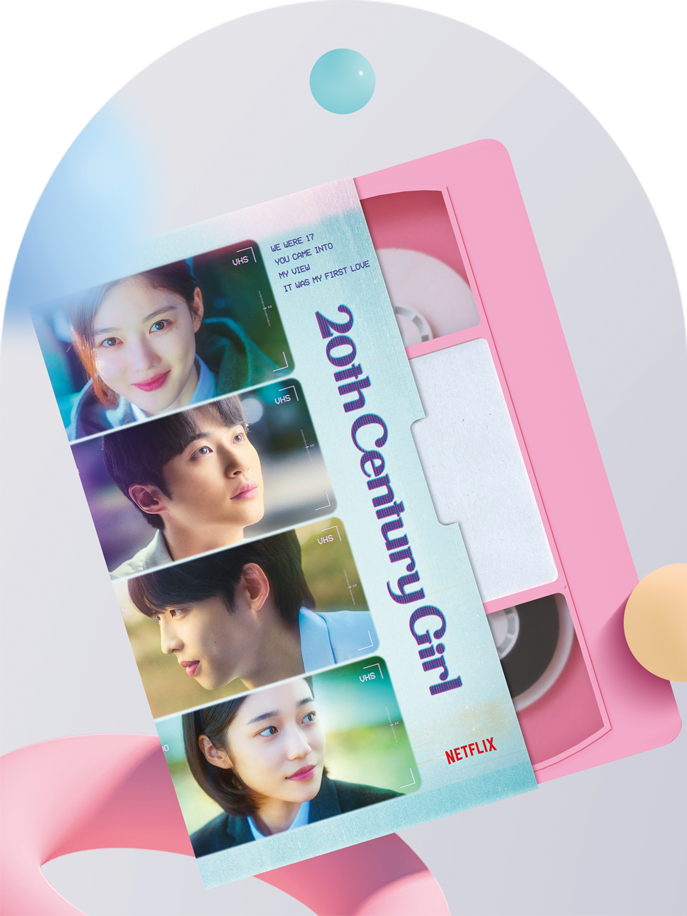
WRITTEN BY
Ahn Soong-beum,
film critic, professor at Kyung Hee University and director of the K-Cuture·Story Contents Research Institute
Photos courtesy of
Netflix
The youth romance and teenage melodrama “20th Century Girl” is a Netflix original film released on October 21, 2022. The movie follows the memories of a woman’s first love 20 years in the past through a video tape she receives in the winter of 2019. The film is directed by Bang Woo-ri and stars Kim You Jung, Byeon Wooseok, Park Jung Woo, and Roh YoonSeo.
Melodramas themed on romance have their own unique narratives. The first is the internal “hesitation” one feels toward the other person; the second is the continuous “mixed feelings” between the two people; and the third is the “belated” realization one of the characters experiences about the other when he or she is left behind.
These three narrative strands are such a stable force in “20th Century Girl” that the movie feels like a very universal and conventional melodrama. This article will examine the reason “20th Century Girl” is gaining quite popularity internationally through its use of the formula for making teenage melodramas.
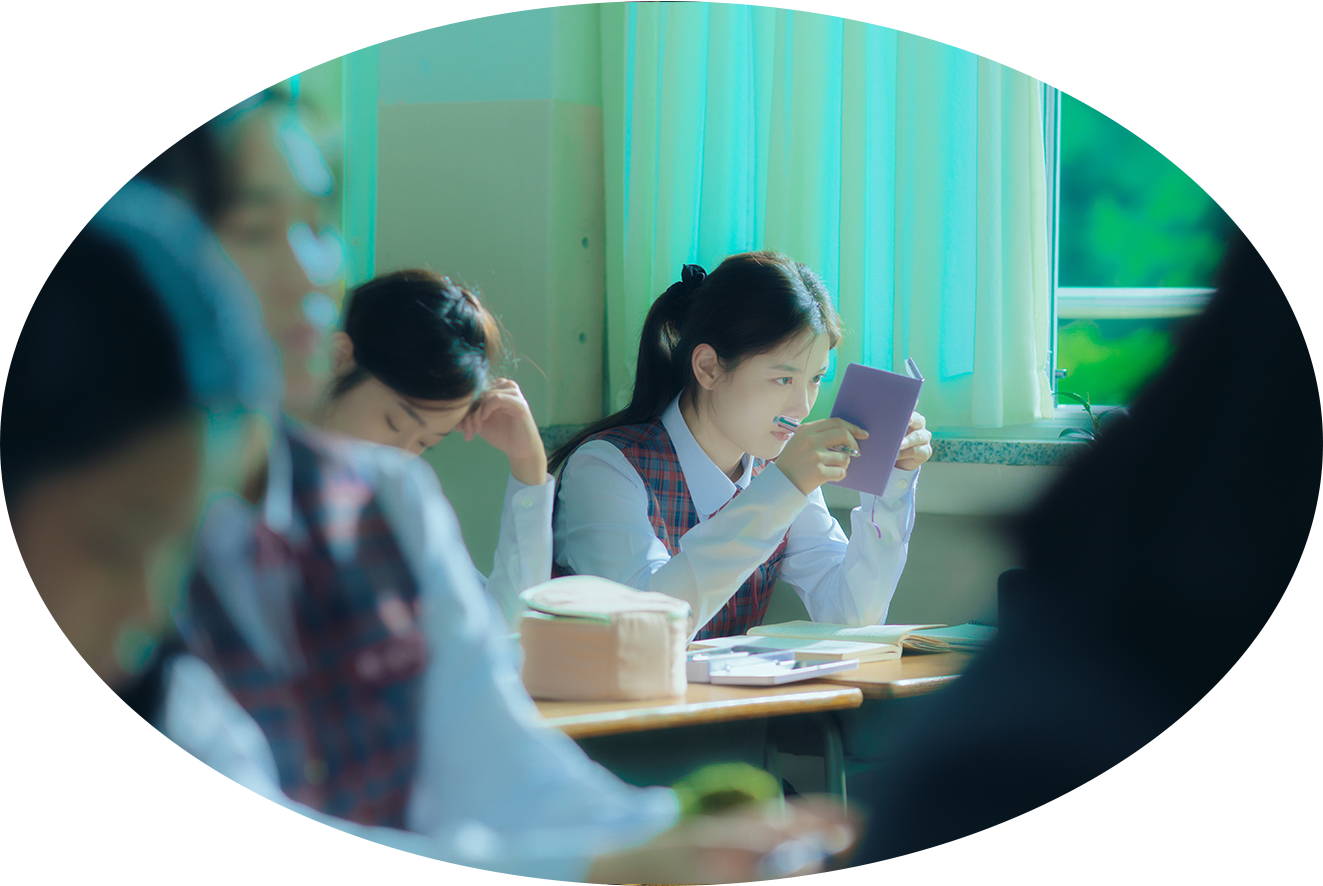
Scenes from ‘20th Century Girl’
Hesitation and Mixed Feelings
The main characters of the movie, Bora (played by Kim You Jung) and Yunho (played by Byeon Wooseok) begin their relationship with “hesitation.” This hesitation is similar to the “process of confirming one’s own emotions,” which is commonly experienced by the main characters of narratives about first loves. Later, Bora and Yunho feel interest toward each other, but they fail to reach the stage of a mature romantic relationship. This failure is driven by the trivial “mixed feelings” that exist between them. In fact, conflict between friendship and love―a frequent subject of teenage melodramas―creates continuous opportunities for “mixed feelings” to come into play. Two sets of love triangles featured in the movie also serve to explain this conflict.
The two-way friendship between Bora and Yondu (played by Roh YoonSeo) falls into crisis when a love interest (Yunho) threatens that friendship. Yunho is at the center of this love triangle (Bora → Yunho ← Yondu). The second love triangle is created when the two-way romantic relationship between Bora and Yunho clashes with the preexisting friendship between Yunho and Hyunjin (played by Park Jung Woo). In short, the friendship is threatened by the appearance of another love interest, which Bora at the center of the love triangle (Yunho → Bora ← Hyunjin).
People encountering their “first love” find it easy to throw themselves into “rapid romance” while ignoring reality. “Rapid romance” refers to events showing extreme projective identification towards another person. In fact, it is easy for people in their teens to experience rapid emotional changes toward those they want to form friendships with or those who they want to love. Portraying the process of the failure or success of a first love is the same as taking an earnest look into those kinds of emotional changes. As such, “20th Century Girl” clearly tries to interpellate each characters’ first loves through scenes involving “hesitation” and “mixed feelings.”
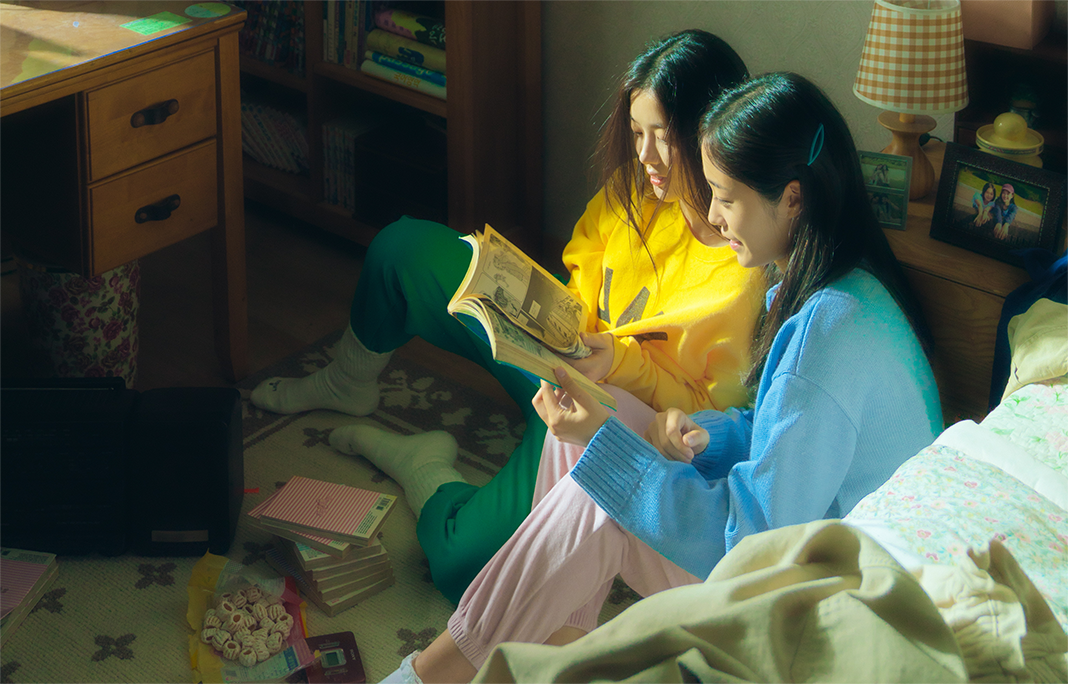
Scenes from ‘20th Century Girl’
From Rupture to Perpetuity
After the passing of the hesitation and mixed feelings stages, it is common for melodramas to raise the possibility of love maturing between the main characters. “20th Century Girl” is no different in this regard. However, just as the possibility is raised, a tragic rupture intervenes. The person who must face the unexpected tragedy by themself experiences a “belated” realization. We can call this a kind of formula for ending the narrative, and it can be summarized as follows.
First, one of the two main characters who reach the stage of a mature romantic relationship either dies or faces a situation akin to death. Second, the main character who suddenly faces despair―i.e., the person who survives―experiences an ironic “perpetual rupture/perpetual extension” toward romantic relationships.
The viewer feels that kind of ironic and overwhelming emotion in the final scene of “20th Century Girl.” Through the eyes of a now 37-year-old Bora, viewers are immersed in a love myth haunted by her first love experience around 20 years ago―the myth of her perpetual rupture from romantic relationships advancing toward a perpetual extension of them.
That’s why “20th Century Girl” can be categorized as “retro content”; it recalls a glamorized past so that the main character can re-experience the emotions of that previous period. A phrase frequently splashed across the promotional ads for the movie says, “A video tape arrives in 2019 showing what happened in 1999.” This phrase shows that the movie focuses on time travel to seek out the myth of impossible love. When looked at it this way, the main audience of this movie will likely be those who fit within Bora’s age range from 1999 to 2019, or those in their late teens to late 30s. They will have probably looked back at their own faded memories as they saw the film’s props, set and situations that conform to the collective experience of their own generation. For example, the scenes in the movie showing video tapes, beepers, and portal site DAUM’s email service represent the power of movies to embody memories and add emotion to them.
Recalling the Myth of Love
When “20th Century Girl” was first set to be released, I was very curious about how it would fare among Korean viewers. There were two reasons for this. The first was that, recently, there has been a noticeable reduction in the release of melodramas with main characters who are in their teens. There have been far more independent movies produced with teenage characters. Most of them have been works focused on subjects that reflect the dark corners of Korean society. For example, “Bleak Night,” “Pluto,” “Han Gongju,” and “Park Hwa-yong” have all focused on the innermost troubles afflicting Korean society.
While viewing those movies, I felt that it was a difficult period for the creation of teenage movies with plots focused on romantic love. In my view, the movies reflected the realities of teenagers deprived of the emotional headspace to engage in romantic love. I was certain that romantic relationships had fallen down the list of priorities for the types of relationships today’s teenagers seek out. In short, I thought that romantic love had become a luxury or an impossibility for them given they are trapped in endless competition amid the challenges of preparing for college entrance exams.
However, “20th Century Girl” is quietly attracting an audience. My prediction was wrong that it would struggle to gain an audience because it is a conventional, overly formulaic and slow-moving melodrama that takes viewers on an emotional rollercoaster. Viewers who were around 17 years old in 1999 are perhaps “selectively recollecting” their myths about love. At the end of the movie, the media artwork exhibited under the title of “Forever Spring” describes the night at a yard with a plum tree in 1999 when Bora and Yunho first confirmed their love for each other. That image was just one moment that Bora wanted to extend before Yunho’s death, and was also part of the romance that Bora, in her late 30s, kept in faded condition within her heart. There may be viewers all around the world who think of their first, secret love when they see that image. It celebrates the boys and girls of the 20th century who still believe that they can live like they did during the spring of that era in their lives.
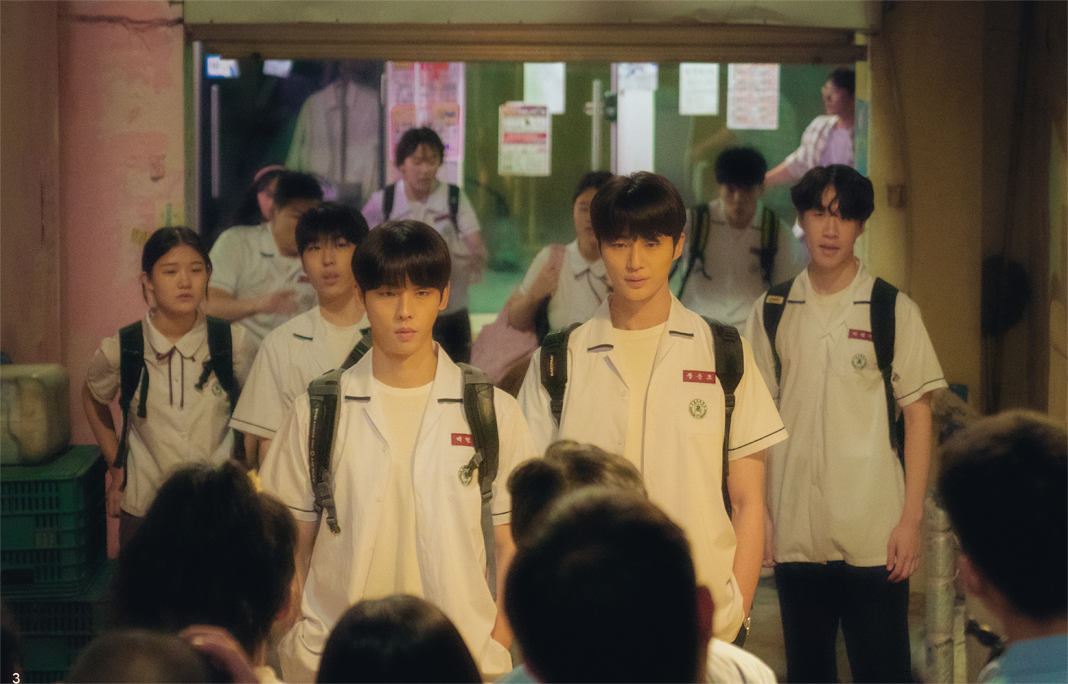
Scenes from ‘20th Century Girl’
Other Articles
-
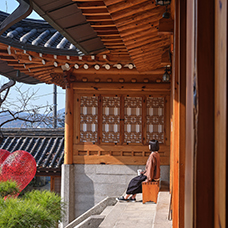
Special Ⅰ A Challenge Aimed at Developing Hanok
-

Special Ⅱ Stay, Experience and Drink
-

Trend Houses For All
-

Hidden View A Two-sided Alley
-
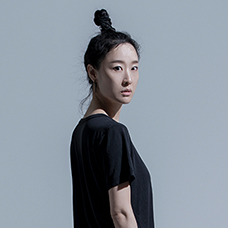
Interview Choreographer Kim Bora
-
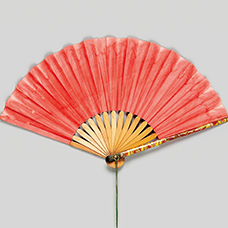
Art of Detail Outstanding Ornaments
-
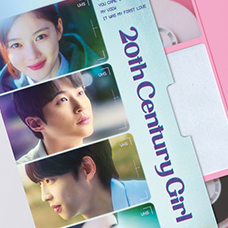
Film & TV 20th Century Girl
-

Collaboration The Most Luxurious Canvas
-
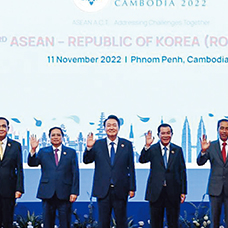
Current Korea Korea Reaffirms Solidarity
-

Global Korea Large-scale Exhibition of 50 years of K-pop History
